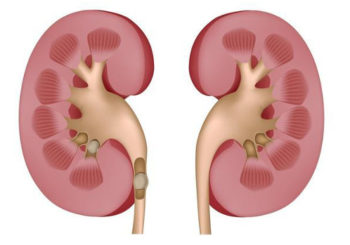

One should see stone in the urine that is passed. Absence of pain does not mean that stone is passed, stone can remain and cause damage to the kidney. Presence of stone has to be checked by x-ray, scan or both.





© Copyright 2024 | Powered By Tech Thulasii